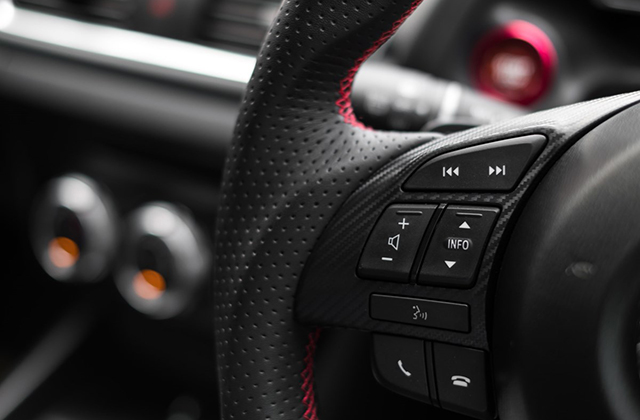How to design a kitchen? With the kitchen being such a high activity area of the house it’s worth finding out how to design a kitchen – even if you’re using a kitchen designer or architect. Knowing what’s involved in the process will help you design your own kitchen or give a detailed brief to your designer.
This page makes up part of the kitchen design layout series.
Now usually I’m always encouraging my site visitors to think in terms of how you want a space to function before making interior design or furniture choices but for kitchens it helps to know where you plan to get your kitchen cabinets from.
Most manufacturers have units in various standard sizes but always work with the kitchen cabinet dimensions that the manufacturer provides.
Even if you’re getting a bespoke kitchen made, getting in touch with a maker and finding out if they work in any standard sizes (eg using whole pieces of wood to avoid cutting which reduces waste, need less labor and therefore cost a bit less).
Step 2 – Create a Floor and Wall Plan
The second step of how to design a kitchen is to create a plan of your kitchen ‘space’ – the floor space and the wall space.
First decide if you’re working in feet and inches or m, cm and mm. For example in the United States and Canada kitchens are designed and sold in inches, in the UK and Australia it’s millimetres. Take the lead from the main measurement that your cabinet manufacturer uses.
Time to measure up! Take your time and be accurate and measure using the right measurement for your country. Measure floor dimensions, niches, windows, doors, where the water pipes (and gas supply if applicable) come up from the floor.
Now it’s time to draw up the plan.
You can do this on paper by following the instructions on draw floor plans but just for your kitchen rather than the whole house. Or you can use one of the online kitchen planners or software available (a bit more about that at the bottom of this page).
If you stick to the paper option, it’s a good idea to adjust the scale so that you fit the kitchen onto a sheet of paper rather than the whole house. The scale you can use depends on how big your kitchen is and how big your paper is.
Step 3 – Plan the Outline of Your Kitchen
It might be really obvious what shape your kitchen is going to be. If so, go ahead and have a look at the relevant page below. If not you can take a look at these for inspiration!
Also take a look at the kitchen dimensions page that goes through some important kitchen planning guidelines.
Using your paper drawing, online kitchen planner or software plan in the outline of where you will place the base cabinets, wall cabinets, islands and tables in your kitchen in plan view (looking down from above). Don’t worry about where the appliances and fixtures will be placed just yet.
Other Considerations on Kitchen Shape
As well as the shapes above you could also consider incorporating curves in to the kitchen. This introduces challenges of being able to open adjacent cupboards and drawers at the same time without the doors or drawers banging into each other – but leaving a bit of space in between each set of units mitigates this.
If you have a bigger room to work with one of the main things to decide is whether the kitchen will occupy the whole room with an eating area open to the kitchen, or whether you want to try and maintain a bit of privacy to the cooking area – make it a bit like a bar or a coffee shop counter. If you have an accident with dinner you might want to be able to put it right without everyone looking at you!
Step 4 – Place the Appliances and Fixtures
Head on over to the kitchen triangle page.
Then come back here and draw in the the appliances and fixtures onto your plan

